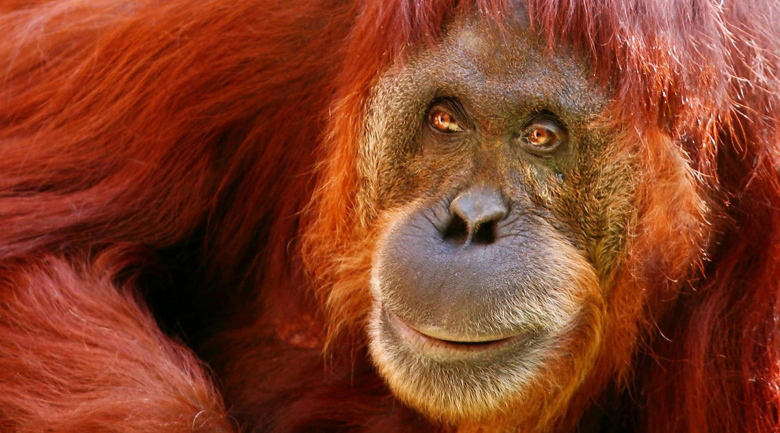
Earth stands to lose a massive 25 percent of its biodiversity, warned UNESCO Director-General Audrey Azoulay as she launched a Global Assessment study to more than 130 government delegations in Paris. “No one will be able to claim that they did not know,” she said.
The study featured the work of more than 400 experts across at least 50 countries, coordinated by the Intergovernmental Science-Policy Platform on Biodiversity and Ecosystem Services in Bonn, Germany. It focused on the state of nature, ecosystems and the ways human civilizations interact with the natural world, as well as tracking progress on key international initiatives like the Paris Agreement on climate change, the Aichi Biodiversity Targets and the Sustainable Development Goals.
The study looks into what it describes as the five main factors driving “unprecedented biodiversity and ecosystem change over the last 50 years” – changes in land and sea use, direct exploitation of organisms, climate change, pollution and the invasion of alien species.
The outlook is bleak, in a depressingly routine fashion. Around one million species, representing a quarter of all remaining species on the planet, “already face extinction, many within decades, unless action is taken to reduce the intensity of drivers of biodiversity loss.” Domesticated animals aren’t necessarily safe either. By 2016, 559 of the 6,190 different breeds of animals used for food and agriculture had already gone extinct, and about a thousand more are under threat.
And even though the rate of species extinction is already currently tens to hundreds of times faster than it’s averaged over the last 10 million years, it will continue to accelerate should our current practices continue.
Wild relatives of domesticated animals and crops are at risk – a threat to long-term food security – and while the report card on pollution is mixed, many types of pollution are increasing, and marine plastic pollution has increased tenfold since 1980, affecting at least 267 species. Humanity has “significantly altered” 75 percent of the Earth’s land surface, and 66 percent of the ocean area is “experiencing increasing cumulative impacts.”
“While more food, energy and materials than ever before are now being supplied to people in most places, this is increasingly at the expense of nature’s ability to provide such contributions in the future,” says the report. “The biosphere, upon which humanity as a whole depends … is declining faster than at any time in human history.”
“Nature can be conserved, restored and used sustainably while simultaneously meeting other global societal goals through urgent and concerted efforts fostering transformative change,” the report continues, adding that “by its very nature, transformative change can expect opposition from those with interests vested in the status quo, but such opposition can be overcome for the broader public good.”
